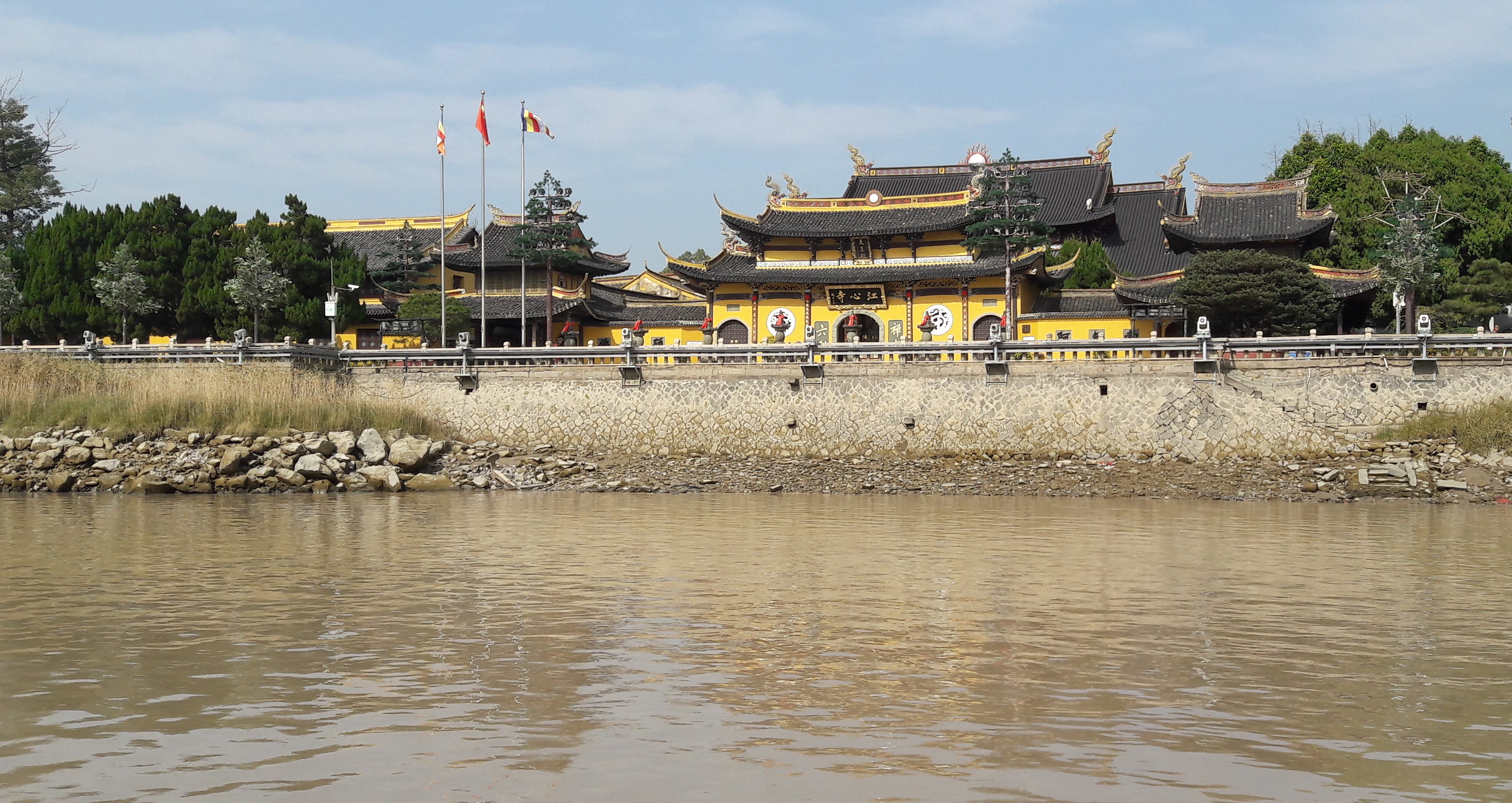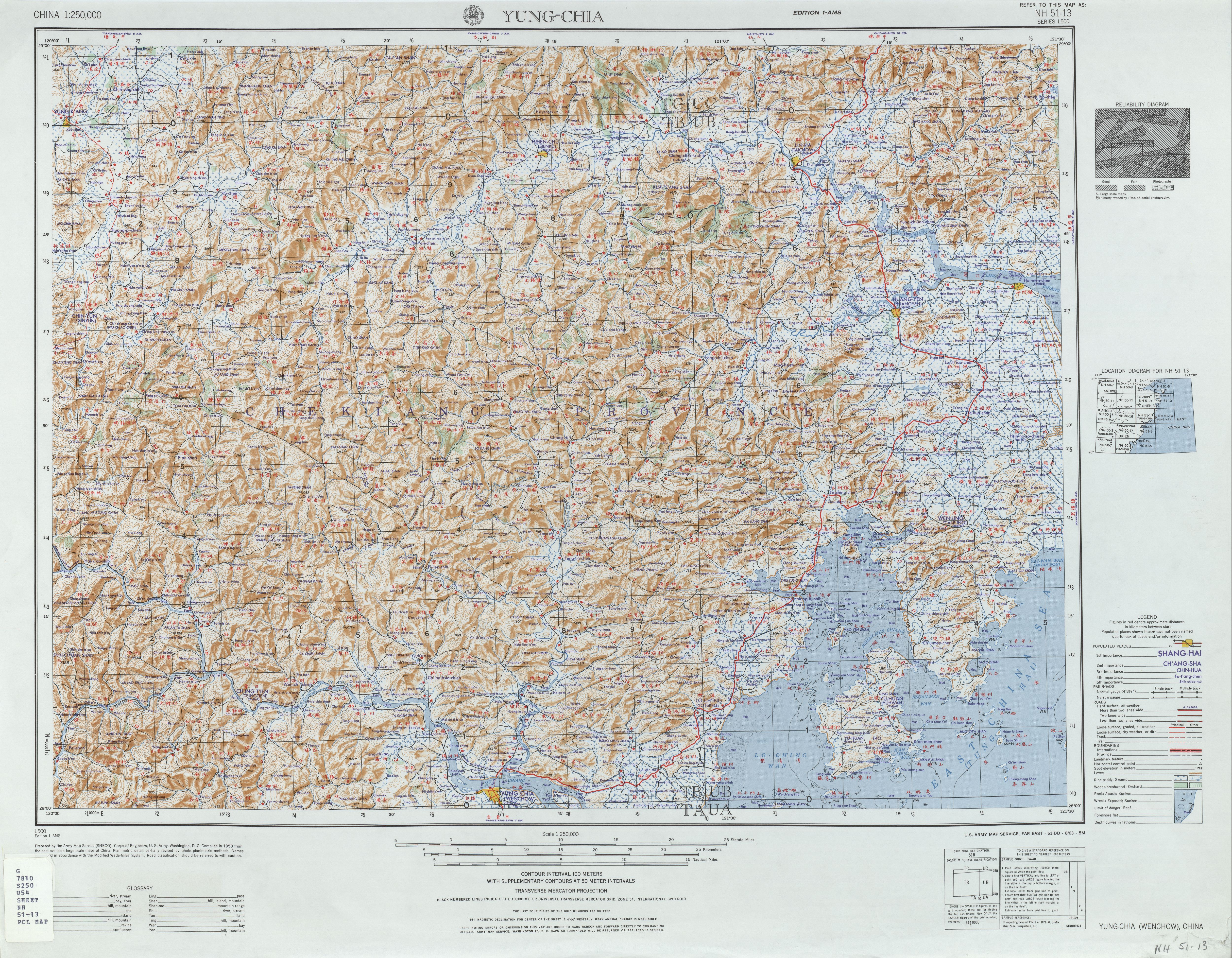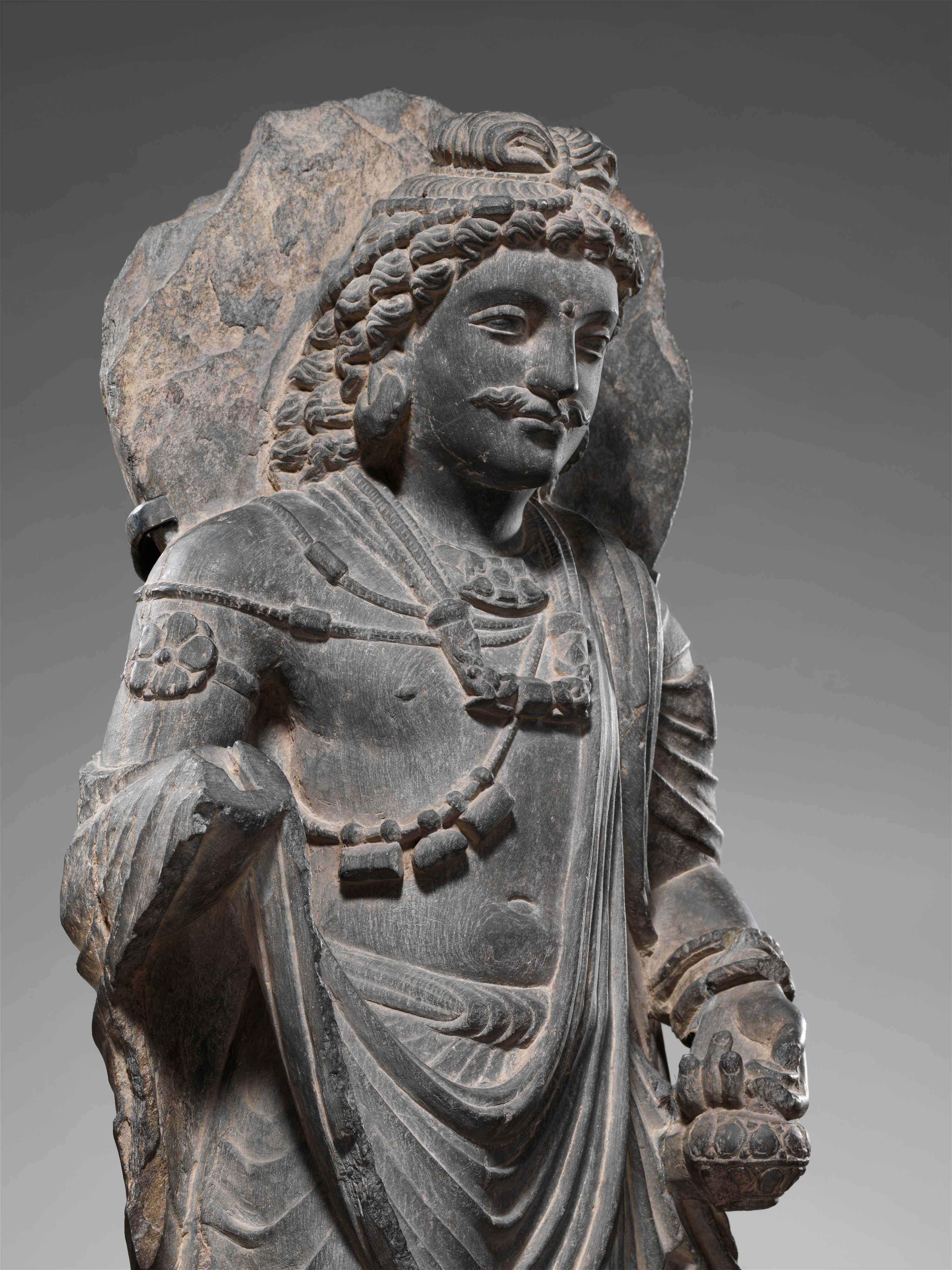|
Jiangxin Temple
Jiangxin Temple () is a Buddhist temple located on Jiangxin Island, in Lucheng District, Wenzhou, Lucheng District of Wenzhou, Zhejiang, China. History Tang dynasty The temple was first built with the name of "Puji Chan Temple" () in 866, in the reign of Emperor Yizong of Tang, Emperor Yizong (860–874) of the Tang dynasty (618–907). It was renamed "Longxiang Chan Temple" () in 1131, in the Emperor Gaozong of Song, Shaoxing period (1127–1162) of Song dynasty, Southern Song dynasty (1127–1279). Because the temple situated in the middle of the Ou River (Zhejiang), Ou River, it more commonly known as the "Jiangxin Temple" (; "Jiang" means river and "Xin" means middle). Song dynasty In 969, under the rule of Emperor Taizu of Song, Emperor Taizu (960–976) of the Song dynasty, Northern Song dynasty (960–1127), the Jingxin Jiangyuan () was erected in its east. People's Republic of China After the founding of PRC, local government renovated and refurb ... [...More Info...] [...Related Items...] OR: [Wikipedia] [Google] [Baidu] |
Wenzhou
Wenzhou; Chinese postal romanization, historically known as Wenchow is a prefecture-level city in China's Zhejiang province. Wenzhou is located at the extreme southeast of Zhejiang, bordering Lishui, Zhejiang, Lishui to the west, Taizhou, Zhejiang, Taizhou to the north, and the province of Fujian to the south. The area consists of mostly mountainous terrain, as well as hundreds of islands off the East China Sea coast, which is nearly in length. At the time of the 2010 Chinese census, 3,039,500 people lived in Wenzhou's urban area. The greater Wenzhou prefecture, which also includes three Satellite city, satellite cities and six counties, had a population totalling 9,122,100, of which 31.16% are Hukou system, residents originally from outside of Wenzhou. During the 19th century, the progenitor city of modern Wenzhou was known as Yungkia ( zh, c=永嘉, ''Yǒngjiā''), a prosperous Treaty port#Chinese treaty ports, foreign treaty port that remains well-preserved today. Being sit ... [...More Info...] [...Related Items...] OR: [Wikipedia] [Google] [Baidu] |
Buddhism
Buddhism, also known as Buddhadharma and Dharmavinaya, is an Indian religion and List of philosophies, philosophical tradition based on Pre-sectarian Buddhism, teachings attributed to the Buddha, a wandering teacher who lived in the 6th or 5th century Before the Common Era, BCE. It is the Major religious groups, world's fourth-largest religion, with about 500 million followers, known as Buddhists, who comprise four percent of the global population. It arose in the eastern Gangetic plain as a movement in the 5th century BCE, and gradually spread throughout much of Asia. Buddhism has subsequently played a major role in Asian culture and spirituality, eventually spreading to Western world, the West in the 20th century. According to tradition, the Buddha instructed his followers in a path of bhavana, development which leads to Enlightenment in Buddhism, awakening and moksha, full liberation from ''Duḥkha, dukkha'' (). He regarded this path as a Middle Way between extremes su ... [...More Info...] [...Related Items...] OR: [Wikipedia] [Google] [Baidu] |
Politics Of Zhejiang
The politics of Zhejiang is structured in a dual party-government system like all other governing institutions in mainland China. The Governor of Zhejiang is the highest-ranking official in the People's Government of Zhejiang. However, in the province's dual party-government governing system, the Governor has less power than the Zhejiang Chinese Communist Party (CCP) Provincial Committee Secretary, colloquially termed the "Zhejiang CCP Party Chief". Provincial-level leaders CCP Committee Secretaries Governors of Zhejiang Directors of the Zhejiang Provincial People's Congress Chairperson of CPPCC Zhejiang Committee See also * New Zhijiang Army References {{People's Republic of China politics Zhejiang Zhejiang ) , translit_lang1_type2 = , translit_lang1_info2 = ( Hangzhounese) ( Ningbonese) (Wenzhounese) , image_skyline = 玉甑峰全貌 - panoramio.jpg , image_caption = View of the Yandang Mountains , image_map = Zhejiang i ... [...More Info...] [...Related Items...] OR: [Wikipedia] [Google] [Baidu] |
Mahasthamaprapta
Mahāsthāmaprāpta is a bodhisattva mahāsattva who represents the power of wisdom. His name literally means "arrival of the great strength". Mahāsthāmaprāpta is one of the Eight Great Bodhisattvas in Mahayana Buddhism, along with Mañjuśrī, Samantabhadra, Avalokiteśvara, Ākāśagarbha, Kṣitigarbha, Maitreya and Sarvanivarana-Vishkambhin. In Chinese Buddhism, Mahasthamaprapta is sometimes portrayed as a woman, Dashizhi, with a likeness similar to Avalokiteśvara (known as Guanyin in China). He is also one of the Thirteen Buddhas in the Japanese school of Shingon Buddhism. In Tibetan Buddhism, Mahāsthāmaprāpta is equated with Vajrapani, who is one of his incarnations and was known as the Protector of Gautama Buddha. Mahāsthāmaprāpta is one of the oldest bodhisattvas and is regarded as powerful, especially in the Pure Land school, where he takes an important role in the '' Longer Sukhāvatīvyūha Sūtra''. He is often depicted in a trinity with Amitābha ... [...More Info...] [...Related Items...] OR: [Wikipedia] [Google] [Baidu] |
Qing Dynasty
The Qing dynasty ( ), officially the Great Qing, was a Manchu-led Dynasties of China, imperial dynasty of China and an early modern empire in East Asia. The last imperial dynasty in Chinese history, the Qing dynasty was preceded by the Ming dynasty and succeeded by the Republic of China (1912–1949), Republic of China. At its height of power, the empire stretched from the Sea of Japan in the east to the Pamir Mountains in the west, and from the Mongolian Plateau in the north to the South China Sea in the south. Originally emerging from the Later Jin (1616–1636), Later Jin dynasty founded in 1616 and proclaimed in Shenyang in 1636, the dynasty seized control of the Ming capital Beijing and North China in 1644, traditionally considered the start of the dynasty's rule. The dynasty lasted until the Xinhai Revolution of October 1911 led to the abdication of the last emperor in February 1912. The multi-ethnic Qing dynasty Legacy of the Qing dynasty, assembled the territoria ... [...More Info...] [...Related Items...] OR: [Wikipedia] [Google] [Baidu] |
Qianlong Emperor
The Qianlong Emperor (25 September 17117 February 1799), also known by his temple name Emperor Gaozong of Qing, personal name Hongli, was the fifth Emperor of China, emperor of the Qing dynasty and the fourth Qing emperor to rule over China proper. He reigned officially from 1735 until his abdication in 1796, but retained ultimate power subsequently until his death in 1799, making him one of the longest-reigning monarchs in history as well as one of the longest-lived. The fourth and favourite son of the Yongzheng Emperor, Qianlong ascended the throne in 1735. A highly ambitious military leader, he led Ten Great Campaigns, a series of campaigns into Inner Asia, Burma, Nepal and Vietnam and suppressed rebellions in Jinchuan County, Jinchuan and Taiwan. During his lifetime, he was given the deified title Emperor Manjushri by the Qing's Tibetan subjects. Domestically, Qianlong was a major patron of the arts as well as a prolific writer. He sponsored the compilation of the ''Siku Qu ... [...More Info...] [...Related Items...] OR: [Wikipedia] [Google] [Baidu] |
Maitreya
Maitreya (Sanskrit) or Metteyya (Pali), is a bodhisattva who is regarded as the future Buddhahood, Buddha of this world in all schools of Buddhism, prophesied to become Maitreya Buddha or Metteyya Buddha.Williams, Paul. ''Mahayana Buddhism: The Doctrinal Foundations 2nd edition.'' Routledge, 2009, p. 218. In some Buddhist texts, Buddhist literature, such as the ''Amitabha Sutra'' and the ''Lotus Sutra'', he is also referred to as Ajitā (Invincible, Unconquerable). In Tibetan Buddhism he is known as the "Lord of Love" or the "Noble Loving One" (Pakpa Jampa). The root of his name is the Sanskrit word ''maitrī'' (Pali: ''metta''; meaning friendliness, loving-kindness). The name Maitreya is also related to the Indo-Iranian languages, Indo-Iranian name Mitra.Jayarava, Visible Mantra: Visualising & Writing Buddhist Mantras, pp. 142-43. 2011 In Hinduism, Maitreya is prophesied to be the king of Shambala, which is also the birthplace of the Kalki Avatar. In all branches of Buddhism, ... [...More Info...] [...Related Items...] OR: [Wikipedia] [Google] [Baidu] |
Longnü
Longnü (; Sanskrit: ''nāgakanyā''; Vietnamese: ''Long nữ''), translated as ''Dragon Girl'', along with Sudhana are considered acolytes of the bodhisattva Guanyin (Avalokiteśvara) in Chinese Buddhism. Her presence in Guanyin's iconography was influenced by tantric sutras celebrating the esoteric Amoghapāśa and Thousand-armed forms of Guanyin, which mention Longnü offering Guanyin a priceless pearl in gratitude for the latter visiting the Dragon King's palace at the bottom of the ocean to teach the inhabitants her salvific dharani. There are no scriptural sources connecting both Sudhana and Longnü to Avalokiteśvara at the same time. It has been suggested that the acolytes are representations of the two major Mahāyāna texts, the ''Lotus Sūtra'' and the '' Avataṃsaka Sūtra'', in which Longnü and Sudhana appear, respectively. The depiction of Longnü and Sudhana with Avalokiteśvara may have been influenced by Yunü (''Jade Maiden'') and Jintong (''Golden Yout ... [...More Info...] [...Related Items...] OR: [Wikipedia] [Google] [Baidu] |
Shancai
Sudhanakumāra (), mainly known as Sudhana and Shancai or Shancai Tongzi in Chinese, and translated as ''Child of Wealth'', along with Longnü "Dragon Girl" are considered acolytes of the bodhisattva Guanyin (Avalokiteśvara) in Chinese Buddhism. He and Longnü being depicted with Guanyin was most likely influenced by Yunü (''Jade Maiden'') and Jintong (mythology), Jintong (''Golden Youth'') who both appear in the iconography of the Jade Emperor. A fictionalised account of Sudhana is detailed in the classical novel ''Journey to the West'', where Sudhana is portrayed as a villain, Red Boy, who is eventually subdued by Guanyin and becomes the bodhisattva's attendant. Gandavyuha Sutra Sudhana was a youth from India who was seeking bodhi (enlightenment). At the behest of the bodhisattva Mañjuśrī, Sudhana takes a pilgrimage on his quest for enlightenment and studies under 53 "good friends", those who direct one towards the Way to Enlightenment. The 53 Stations of the Tōkaidō ... [...More Info...] [...Related Items...] OR: [Wikipedia] [Google] [Baidu] |
Guanyin
Guanyin () is a common Chinese name of the bodhisattva associated with Karuṇā, compassion known as Avalokiteśvara (). Guanyin is short for Guanshiyin, which means "[The One Who] Perceives the Sounds of the World". Originally regarded as male in Indian Buddhism, Guanyin has been more commonly depicted as female in China and most of East Asia since about the 12th century. Due to sociogeographical factors, Guanyin can also be historically depicted as genderless or adorning an androgynous apprentice. On the 19th day of the sixth lunar month, Guanyin's attainment of Buddhahood is celebrated. Guanyin has been incorporated in other religions, including Taoism and Chinese folk religion. Some Buddhists believe that when one of their adherents departs from this world, they are placed by Guanyin in the heart of a sacred lotus in religious art, lotus and then sent to the western pure land of Sukhāvatī. Guanyin is often referred to as the "most widely beloved Buddhist Divinity" with ... [...More Info...] [...Related Items...] OR: [Wikipedia] [Google] [Baidu] |







